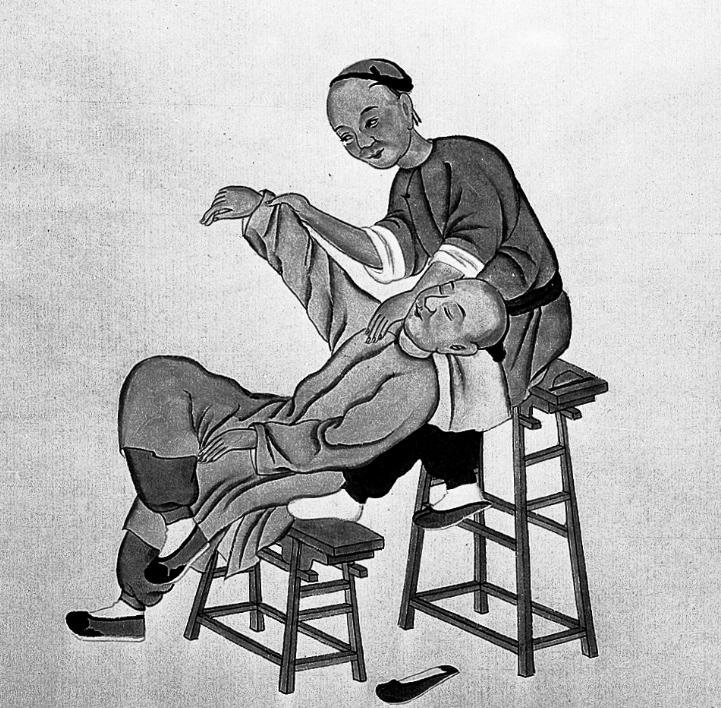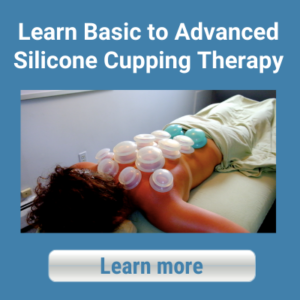The Secret To Thawing Out a Frozen Shoulder
In this article, you’re going to learn the secret to thawing out a frozen shoulder. I’ll be discussing the causes, common signs and surgery-free ways to treat this debilitating pain condition.
If you simply can’t raise your arm past your ears without excruciating pain, then there’s a good chance you might have frozen shoulder.
Frozen Shoulder, also known as Adhesive capsulitis, is when the shoulder is painful and loses its full range of motion due to inflammation.
What Causes a Frozen Shoulder?
The shoulder joint rests in a capsule like a ball and socket.
Ligaments secure the shoulder bones to each other.
When the joint becomes inflamed, as from an injury, lack of exercise, or previous surgery, the shoulder bones become unable to move freely in the joint.

What Are The Common Signs of a Frozen Shoulder?
Pain, lack of movement and stiffness when moving your arm are some clear signs of Frozen Shoulder.
Over time, sleeping is severely affected and it becomes quasi-impossible to perform activities such as reaching over your head or behind you. Don’t try to self-diagnose your shoulder.
It’s best to go to your primary care and get an x-ray to fully assess the stiff, painful shoulder.
How Long Can a Shoulder Stay Frozen?
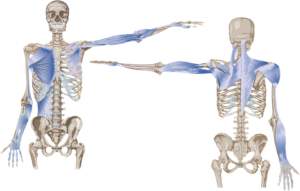
There are 3 phases to a frozen shoulder. The freezing phase, the frozen phase, and the thawing out phase.
On average the freezing phase, which is characterized by constant pain and very limited range of motion, can last anywhere between 2 and 9 months or up to an entire year.
The frozen phase is when the shoulder stiffness gradually increases and this can go on for another 12 months.
The thawing-out phase is a sign of a road to recovery, with the shoulder functionality improving and the pain easing up. This improvement can take between 12 to 24 months.
For approximately 80% of frozen shoulder patients, the pain disappears and their range of motion returns, however, some will experience permanently restricted range of motion. This loss of motion does not usually cause any long-term problems.
The Increasing Role of Arthroscopic Capsular Release as a Treatment
Arthroscopic Capsular Release is a safe and effective treatment that can provide a rapid improvement in patient reported shoulder function. Read more about it here.
2 Surgery-free Ways To Treat Frozen Shoulder
#1 Cortizone Shots into the shoulder joint may offer short-term relief.
#2 Physical Therapy and Massage Therapy can be very effective in improving the range of motion of a frozen shoulder problem.
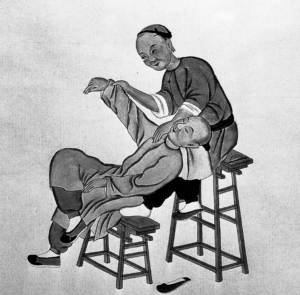
That said, I once had a massage client that came to me with frozen shoulder, and it took her a little over a year to regain 90% mobility.
She was definitely on the road to recovery when she ended treatment.
It just takes patience.
The Frozen Shoulder Workbook by Clair Davies is a good resource for learning about self-trigger point massage.
Doing physical therapy exercises at home can help keep your shoulder mobile and strong so that you can avoid further stiffness.
Here’s a list of recommended exercises for Frozen Shoulder by Harvard Medical School.
Conclusion
After taking in all this information, it’s clear that it takes time to thaw a frozen shoulder. You need patience and a plan. Leaving your shoulder to heal on its own without therapeutic intervention will only result in a painstakingly slow recovery.
Source: UK Huffington Post, World Journal of Orthopedics
Recommended Videos for Do-It-Yourself Frozen Shoulder Relief
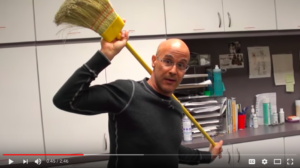
Best 3 Shoulder Rehab Exercises for Frozen Shoulder & Bursitis for Home
Frozen Shoulder Pain – 13 of the Best Healing Home Stretch Exercises
Complete Shoulder and Hip Pain Blueprint
60 Second Shoulder Release for Frozen Shoulder
Fix Frozen Painful Shoulder Fast (Subscapularis Sitting Stretch Release)

